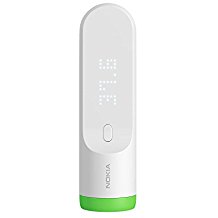Blood pressure monitor purchasing advice: how to choose the right product
- What You Need to Know
- A blood pressure monitor for home use helps to treat or detect the condition.
- The devices are available in two versions: for the upper arm and for the wrist.
- Additional functions provide precise information about the state of health.
Health care from home – measuring blood pressure yourself
According to a study by the Robert Koch Institute, about one in three adults in Germany suffers from high blood pressure. In the 70- to 79-year-old population group, the figure is as high as three out of four. Often, the chronically high blood pressure only becomes noticeable when one of the serious secondary diseases such as a heart attack or stroke occurs. High blood pressure is the cause of a number of other cardiovascular diseases and can also damage the kidneys and eyes.
Many people live with high blood pressure for years or even decades without noticing anything. Often, the condition is discovered by chance during a visit to the doctor. The reason for the high blood pressure often remains unclear.
The only reliable way to detect and control high blood pressure is to use a blood pressure monitor. With such a device for private use, those affected can keep an eye on their health without having to go to the doctor for every blood pressure measurement. Even for people who do not suffer from high blood pressure, a measuring device can be interesting. It helps to better classify the physical condition and to recognise both positive and negative influences on the blood pressure.
What exactly does a blood pressure monitor measure? The heart supplies the whole body with blood. With each heartbeat, the heart muscle contracts, pumping blood into the vessels of the circulatory system. The heart muscle relaxes and then contracts again. This means that the pressure in our blood vessels is not always the same, but is constantly changing. A blood pressure monitor therefore measures two values:
- The systolic blood pressure is the pressure value during the heartbeat.
- Diastolic blood pressure refers to the pressure on the vessels when the heart muscle relaxes.
Pressure is indicated on blood pressure monitors in the unit millimetre mercury column (mmHg). On a blood pressure monitor, the higher, systolic value is at the top and the lower, diastolic value is at the bottom. In an adult, blood pressure is considered elevated when the systolic pressure is above 140 mmHg and the diastolic pressure is above 90 mmHg.
A modern blood pressure monitor determines these values by measuring the vibrations of the vessel walls. The cuff tightens around the arm or wrist so tightly that no more blood can flow. As soon as it is loosened, the blood flows back in. This backflow causes the vessel walls to vibrate. The vibrations are transmitted to a sensor in the cuff and a computer in the measuring device evaluates the data.
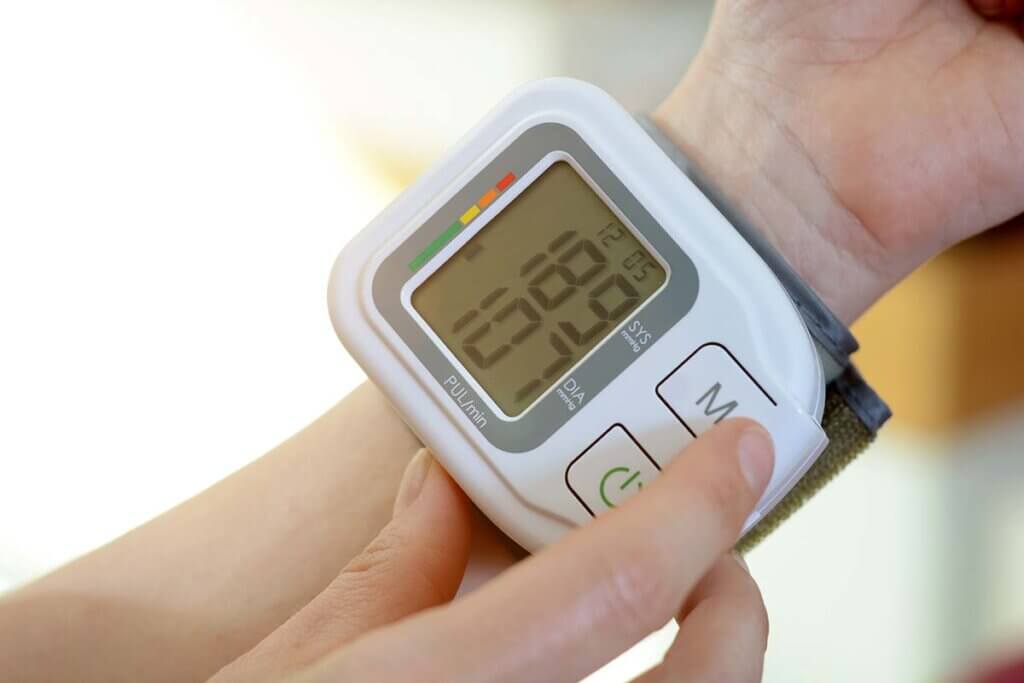
What does high blood pressure mean?
High blood pressure is a widespread disease that gradually gets worse if it is not treated. The increased blood pressure in the vessels overloads the heart and organs in the long run. Due to the high stress, the vessels age prematurely and more quickly. There is also the danger of calcification. The deposits reduce the elasticity of the vessel walls, which in turn increases blood pressure. If high blood pressure remains undetected, the result is an increased risk of heart attacks and strokes. Kidney and eye diseases can also occur. However, there are many effective and well-tolerated medications for high blood pressure that can help people live well for a long time.
At first, hypertension does not cause any symptoms at all. Some patients feel healthy and cheerful for years, even though their blood pressure is elevated. Symptoms often only appear when the disease is already acute. These include dizziness, headaches, palpitations, shortness of breath on exertion, nervousness and sometimes sleep disturbances. A typical sign of high blood pressure is also a headache, which tends to be in the back of the head.
What does too low blood pressure mean?
Too low blood pressure is harmless and only in rare cases requires drug therapy. Nevertheless, it is associated with unpleasant side effects. As the blood is supplied with less oxygen, dizziness, headaches, heart palpitations, tiredness and even fainting occur. In most cases, low blood pressure can be successfully treated by a change in lifestyle.
Upper and lower arm measurement
Blood pressure is measured either on the wrist or on the upper arm. There are automatic devices for both types of measurement.
An upper arm device consists of two parts: the measuring device and a cuff that is placed around the arm. Even though they are clunkier compared to models for the wrist, measurement on the upper arm is often recommended because here the cuff is intuitively placed correctly at heart level. Accordingly, this method is less prone to error.
Blood pressure monitors for the wrist are one-piece. The measuring device is firmly connected to the cuff, which is placed around the wrist. For this reason, the devices are more compact and lighter than those for the upper arm. Models worn on the wrist are prone to errors if the arm is not held properly. The device must be at heart level, otherwise incorrect readings will occur. Blood pressure monitors for the wrist are therefore basically no less accurate than those for the upper arm, but they are more difficult to handle.
How often should your blood pressure be measured?
Your doctor will tell you how often you should measure. Most people who are already on medication do not take their blood pressure every day, but two or three times a week. In any case, you should make sure to measure in the morning on an empty stomach and always at the same time.
This is how a blood pressure monitor should be equipped
Since buying a blood pressure monitor is about your health, you should never save money and go straight for the cheapest model. Compare the devices carefully and look for test seals for measuring accuracy. A doctor cannot find the best individual therapy on the basis of incorrect values. Every additional function helps you to better control your own state of health.
Measurement accuracy
The most important criterion for a blood pressure monitor for home use is the accuracy of the measurement. Accurate values are not only important for your doctor, but also for yourself. Only then can you correctly assess your state of health. False results can trigger a false alarm or, in the worst case, leave an acute problem undetected. According to the German Hypertension League, a medical society for this field, many commercially available measuring devices provide only unreliable values. Some automatic devices would show errors of up to ten mmHg in every fourth to sixth measurement. Even the CE mark, with which the manufacturer declares that his product meets the applicable requirements, does not guarantee measurement accuracy. That is why the High Pressure League awards a test seal to products that do not exceed a certain error limit. So when buying, make sure that the measuring device has been tested by the Hypertension League. The European Society of Hypertension also awards its ESH seal to devices that measure accurately.
In Germany, there is no obligation to calibrate measuring devices used in the private sector. Nevertheless, it is advisable to have your blood pressure monitor calibrated every two years. This guarantees that the readings remain correct. As a rule, the local weights and measures office or a specialist shop for medical technology can carry out this calibration. The fee for this is set by ordinance in Germany and is 11.90 euros.
Why do the devices also measure the pulse?
The fact that most blood pressure monitors also display the pulse is due to the measuring principle. The pulse value provides additional information about the health of the heart. If used correctly, the resting pulse is measured. If this is regularly below 50 or above 90 beats per minute, you should consult your doctor.
Cuff size
The cuff size is also important for an accurate measurement result. Only if the cuff fits correctly can the vibrations in the arteries be detected safely and accurately. A good cuff is made of one piece and fits snugly around the upper arm or wrist without wrinkles. There are no hollows or bulges between the cuff and the skin. If you measure with a cuff that is too small, the actual blood pressure will be overestimated. If the cuff is too large, the device will indicate too low a blood pressure. It is therefore advisable to measure the circumference of your upper arm or wrist before buying the device.

Arrhythmia indicator
An arrhythmia refers to an irregular beating of the heart, i.e. a cardiac arrhythmia. A healthy heart beats regularly 60 to 80 times a minute when at rest. Causes of an arrhythmia are heart valve defects, heart muscle damage or coronary heart disease. Scarring or circulatory problems can also cause the heart to get out of rhythm. Many symptoms of arrhythmia overlap with those of hypertension. In addition to the typical symptoms of palpitations, palpitations and heart palpitations, dizziness, anxiety and nervousness can also occur.
A blood pressure monitor that also detects arrhythmias provides additional safety for patients with hypertension. Only a device with arrhythmia detection can tell you if the pulse is irregular. A corresponding symbol will then appear on the display. Read the instructions for use to find out exactly how an arrhythmia is indicated.
ECG function
A digital electrocardiogram helps to identify atrial fibrillation. Atrial fibrillation is the most common form of arrhythmia. So this ECG feature provides even more useful information than arrhythmia detection does. An electrocardiogram, or ECG for short, is a recording of the electrical activity in the heart muscle fibres. This heart voltage curve is visualised in real time on the display or in an associated app. The data can be stored on the device or transferred to the app. The ECG can be used to make a variety of statements about the health of the heart. The values help your doctor to find the right treatment for you.
WHO traffic light system
The WHO traffic light classifies the results of the measurement according to a traffic light colour scale of the World Health Organisation (WHO). When which light lights up is determined according to standard values. With the traffic light, you can quickly see if there is a problem or if everything is fine. In detail, the colour levels mean the following:
RED
- High blood pressure grade 3: systolic 180 mmHg or higher, diastolic 110 mmHg or higher
- High blood pressure grade 2: systolic 160 – 179 mmHg, diastolic 100 – 109 mmHg
YELLOW
- Blood pressure Grade 1: systolic 140 – 159 mmHg, diastolic 90 – 99 mmHg
- High normal: systolic 130 – 139 mmHg, diastolic 85 – 89 mmHg
GREEN
- Normal: systolic 120 – 129 mmHg, diastolic 80 – 84 mmHg
- Ideal: systolic 120 mmHg or lower, diastolic 80 mmHg or lower
The display
The display and operation of blood pressure monitors should be particularly user-friendly. Users have nothing to gain from additional functions and additional display values if they are difficult to use or classify. A good device has a large, illuminated display that shows easy-to-read digits. Modern models usually have a touch display that shows the systolic value at the top and the diastolic value below. Below the diastolic value, somewhat smaller, the measured pulse can be seen. A blood pressure monitor should at least display these values.
In addition to a date and time display, most devices have an arrhythmia warning and the WHO traffic light. The stored values or further user profiles can be selected via buttons or the touch display. To avoid confusion, the various functions should be labelled or provided with clear pictograms. In order to get to know the functions of the blood pressure monitor, a comprehensible and sensibly structured user manual is also indispensable.
Devices with voice output are aimed at users with visual impairments. Here, the measured values are not only output visually, but also acoustically. The volume is freely adjustable and can be muted if necessary. Measuring devices for people with visual impairments have large and easily felt operating elements.
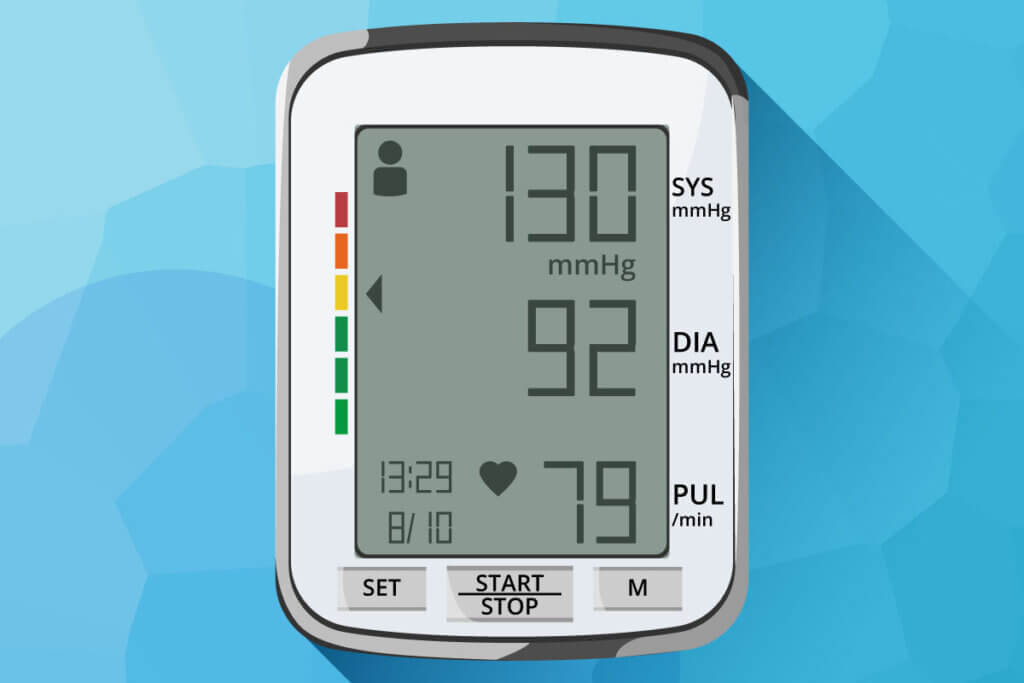
Memory function and use by several people
In order to keep track of one’s health over a longer period of time, a memory function is essential. Most models today have such a memory function. The absolute minimum is 30 stored readings. Some meters store up to 180 readings.
If two or more people store their readings, the data is useless to the doctor. He can no longer assign the measurement results to a specific patient. Devices that have several user profiles solve this problem. Many modern blood pressure monitors offer memory locations for an additional person. Very good blood pressure monitors have more than two user profiles, each with well over 30 memory locations.
Manufacturer’s app
An app that is compatible with the monitor makes it much easier to keep track of the readings. The blood pressure monitor communicates with the smartphone and sends the measured values to an app of the manufacturer, which is usually available for free download. The display of the values in the app allows for better progress monitoring. In addition, the measured values can be called up from anywhere with a smartphone.
The measuring devices use either Bluetooth or WLAN to transmit the data. If the device is WLAN-capable, you only need to dial into your network. The data is then automatically synchronised with the app via your home network. If the connection is made via Bluetooth, you must first activate this function on your mobile phone under “Settings”. After that, the blood pressure monitor can be paired with the smartphone. If the manufacturer’s app saves the measurement data in a cloud, it does not require any further storage space after installation. Make sure that the app is compatible with the operating system on your mobile phone – Android or iOS for most devices.
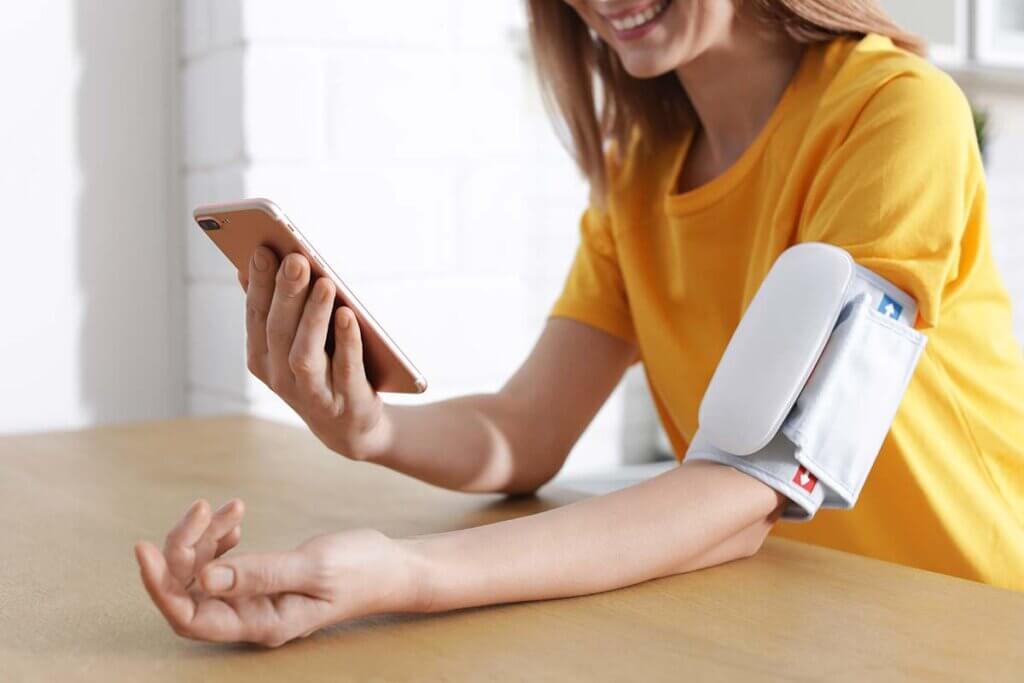
How much does a blood pressure monitor cost?
Inexpensive blood pressure monitors from well-known brands are already available from around 20 euros. In the price range from 40 euros, many very good mid-range models can be found that offer the most important functions as well as some additional features such as Bluetooth and several user profiles. Expensive blood pressure monitors from 100 euros leave nothing to be desired and offer a variety of options for logging one’s state of health. Since measuring blood pressure is about health, you should choose a device with a wide range of functions.
Manufacturer of blood pressure monitors
Beurer GmbH is a medium-sized company from Ulm, Germany, which specialises in products from the health and wellness segment. Today, Beurer is one of the market leaders in the field of blood pressure monitors and the brand name is associated with quality and innovative technologies. The manufacturer offers a wide range of devices for the upper arm and wrist. Sanitas is a subsidiary of Beurer, which also offers medical products such as blood pressure monitors. The devices are partly identical in construction.
Bosch + Sohn or Boso is a traditional German company that has been manufacturing blood pressure monitors for more than a hundred years. The company produces models for both private and professional use. Many doctors use Boso blood pressure monitors.
Medisana from Neuss is a comparatively young company. The manufacturer has been offering measuring devices with Bluetooth function since 2011. The products from Medisana are characterised by a wide range of functions.
Aponorm is a brand of the German company WEPA, which manufactures products for pharmacies, but also blood pressure monitors. The devices are only sold in pharmacies. This ensures that customers are properly instructed in the use of the devices by qualified personnel when they buy them.
How is blood pressure measured?
First put on the cuff. It must fit snugly and directly against the skin. Pulling the cuff over your clothes will falsify the readings. With an upper arm meter, the upper arm cuff sits two to three centimetres above the elbow. A wrist monitor is always placed so that the monitor is on the inside of the arm. If possible, you should always measure your blood pressure under the same, relaxed conditions. This way you will get the most meaningful results.
How to measure blood pressure correctly on the upper arm:
- Sit down in a relaxed position to take the measurement.
- Wait five minutes, you can read a newspaper for example.
- Do not talk.
- Support the arm on which the cuff is placed.
- Do not move your arm during the measurement.
- Take two measurements in quick succession and calculate the average value.
If you are already taking blood pressure-lowering medication, measure in the morning before taking it.
When measuring at the wrist, it is also essential that you come to rest beforehand. Pay special attention to the position of the wrist. Many measuring devices have a sensor that indicates whether the device is at the correct height. This is how you proceed:
- Tighten the cuff tightly.
- The edge of the cuff is directly adjacent to the palm of your hand.
- The device is lifted to the level of the heart.
- To do this, rest your elbow on a table.
- The wrist should be fully extended during the measurement.
- Do not move your hand or fingers during the measurement.
Do not panic if the readings are too high, because anxiety increases blood pressure even more. Ask yourself if you have been taking your medication regularly. If you have forgotten to take it, take it again. Very low blood pressure, on the other hand, is no reason to skip taking your blood pressure medicine. If your readings are repeatedly too low or too high, consult your doctor.
How to lower blood pressure
In many cases, it is possible to reduce blood pressure to a normal level without medication. To do this, you will need to make some lifestyle changes:
Eat a balanced diet: Make sure you eat fruit and vegetables, wholemeal bread and rapeseed and olive oil. Avoid convenience foods, sugared drinks, alcohol and reduce your meat consumption. Use salt sparingly, so that you do not consume more than a maximum of six grams of table salt per day.
Exercise regularly: Endurance sports such as jogging, swimming and cycling are particularly good for lowering blood pressure. But 30 minutes of fast walking or a long walk can also help.
Watch your weight: A healthy lifestyle with proper nutrition and enough exercise helps to lose weight. Hypertension patients who are overweight should try to lose fat. Every kilogram lost helps to lower blood pressure.
Relax: Take care of your mental health too. Relaxing your mind will also lower your blood pressure. There are many ways to do this, such as meditation, yoga or spending time in nature.
Don’t smoke: Smoking has been shown to increase blood pressure. For the sake of your own health and that of others, it is always worthwhile to stop smoking. Non-smoking courses can help with this.

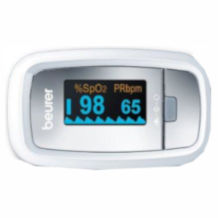
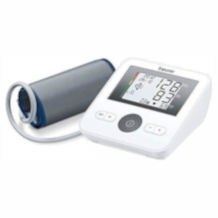
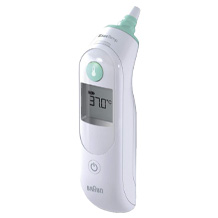
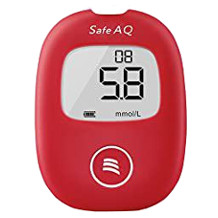
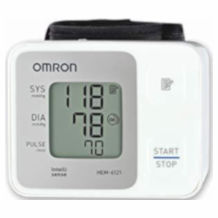
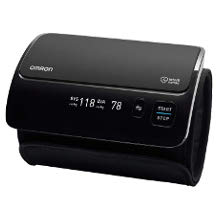
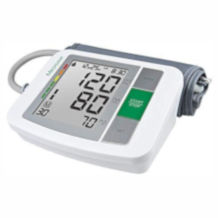
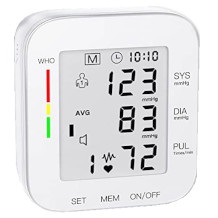
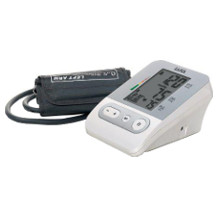
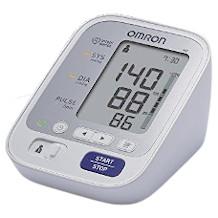
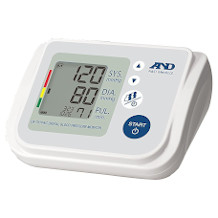
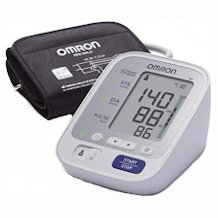

 4,828 reviews
4,828 reviews

